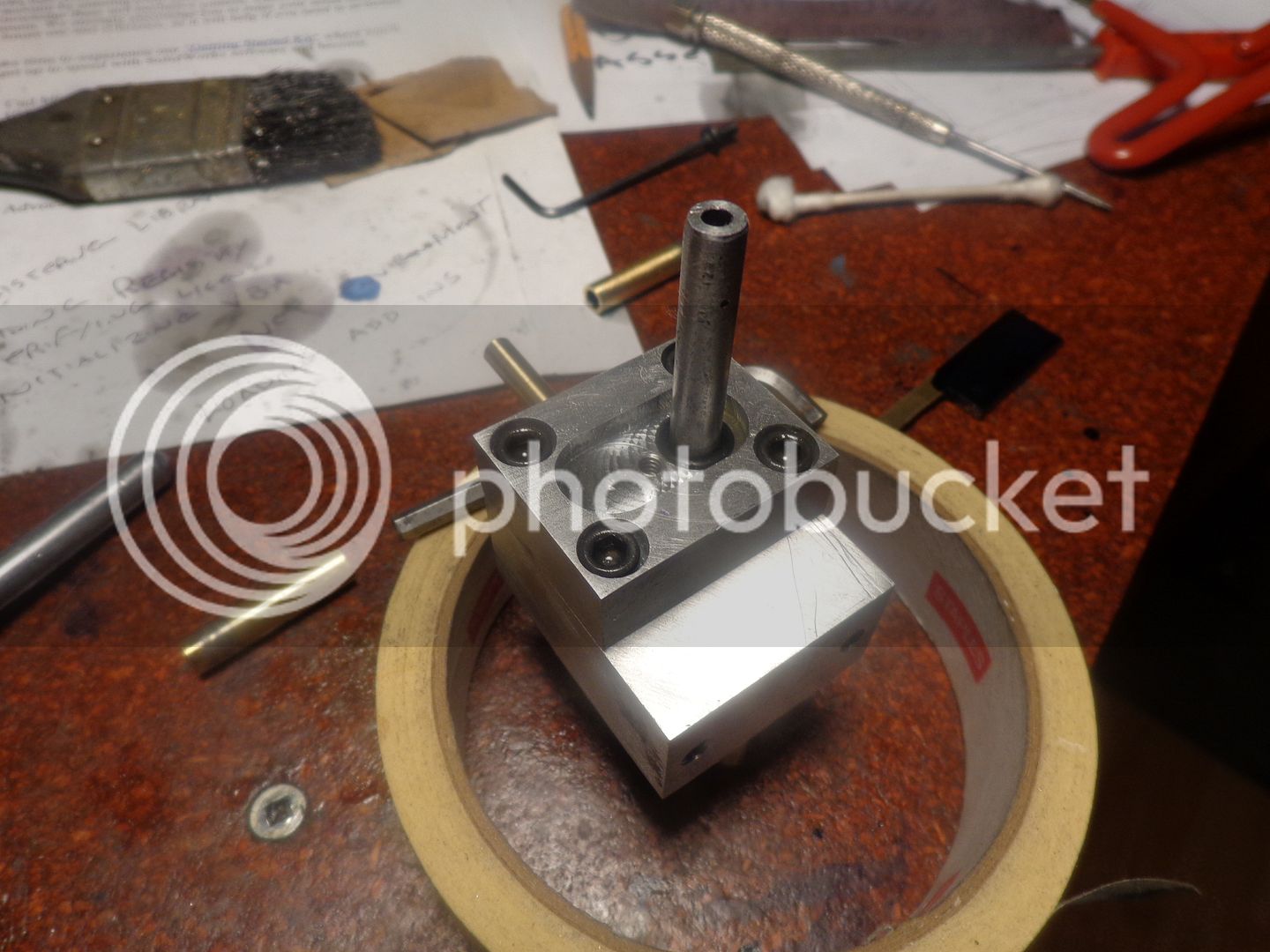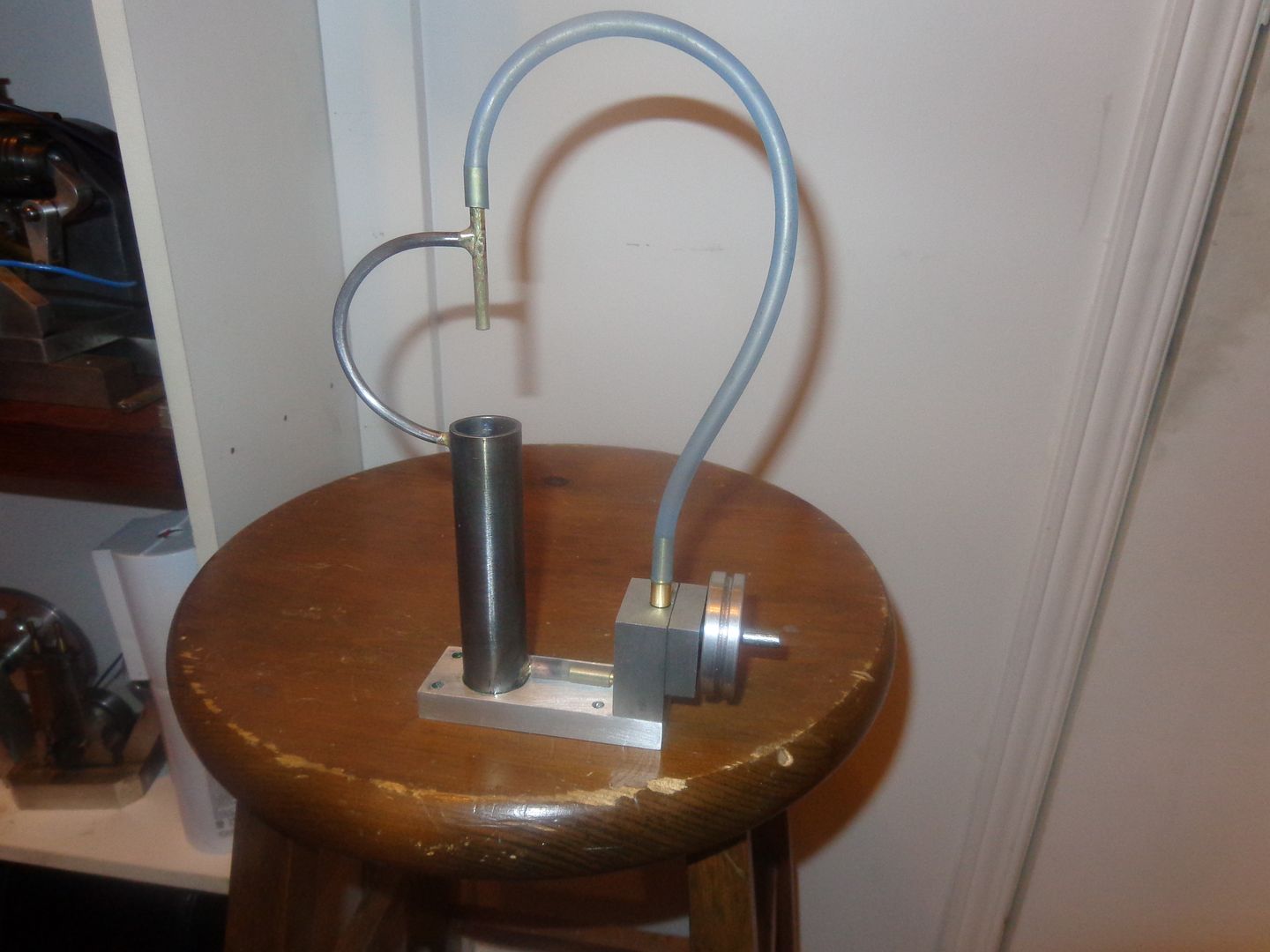Brian,
You can make gears from almost any material the only caveat is that both gears not be made from the same material. When made from the same material they wear a lot faster than mixed metals. How much faster I can't say but I'm sure you found the frictional properties of metal if you've ever tried to slide a close fitting aluminum rod into an aluminum bore. Now take the same aluminum bore and slide a rod of any other material into it. Voila!
gbritnell
George--I can't say I have knowledge about the wear properties of dis-similar metal gears, but I do know that they seem to run quieter when made from two different metals. This little pump won't see long hours of service. It's more of a "Gee, I never made one of those before!" project. I'm sure it will pump. I just don't know what pressure it will achieve (if any) nor what volume it will pump, nor what rpm it will run at. It is intended more as a little "fun research project" than anything.---Brian






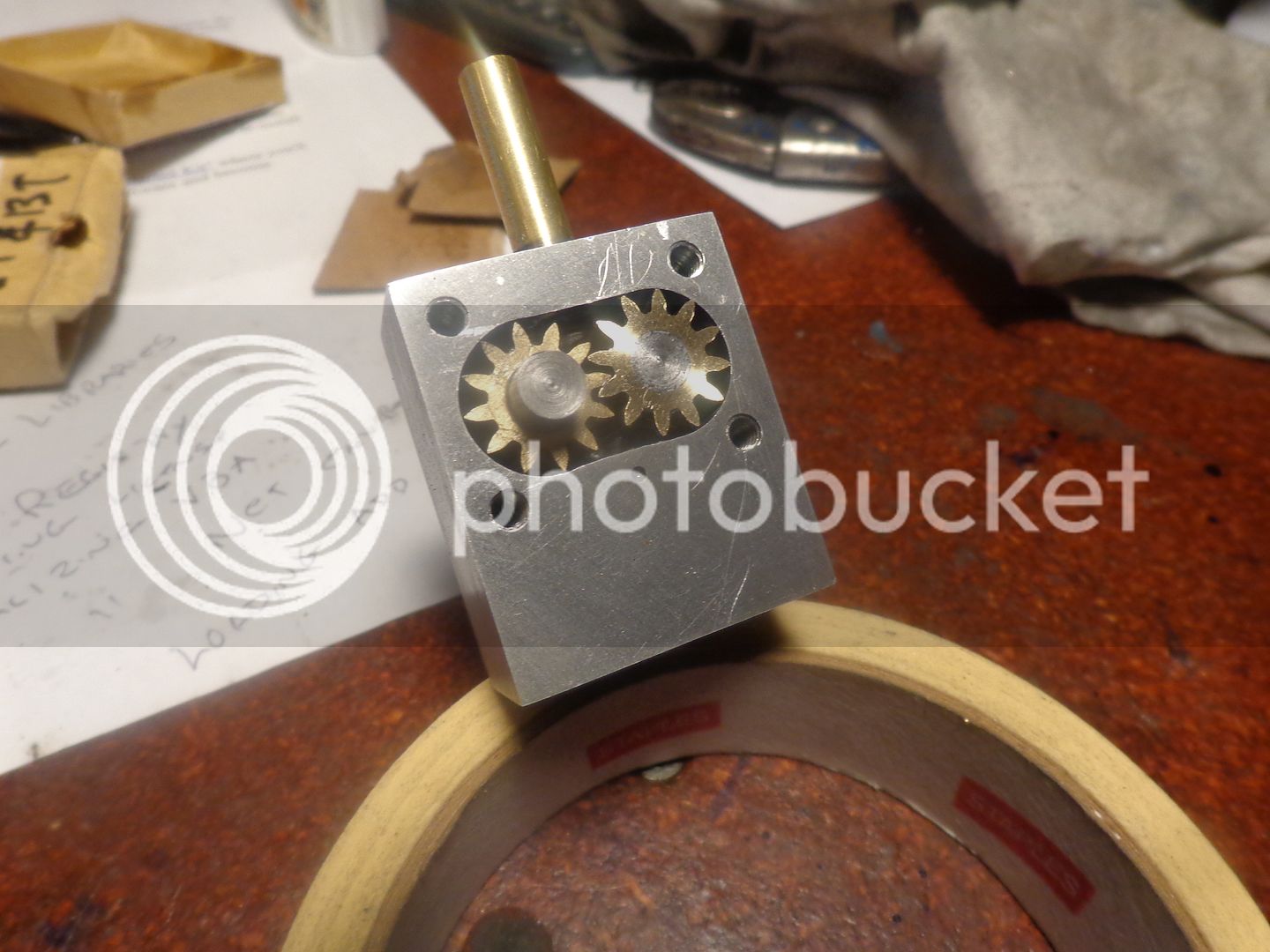

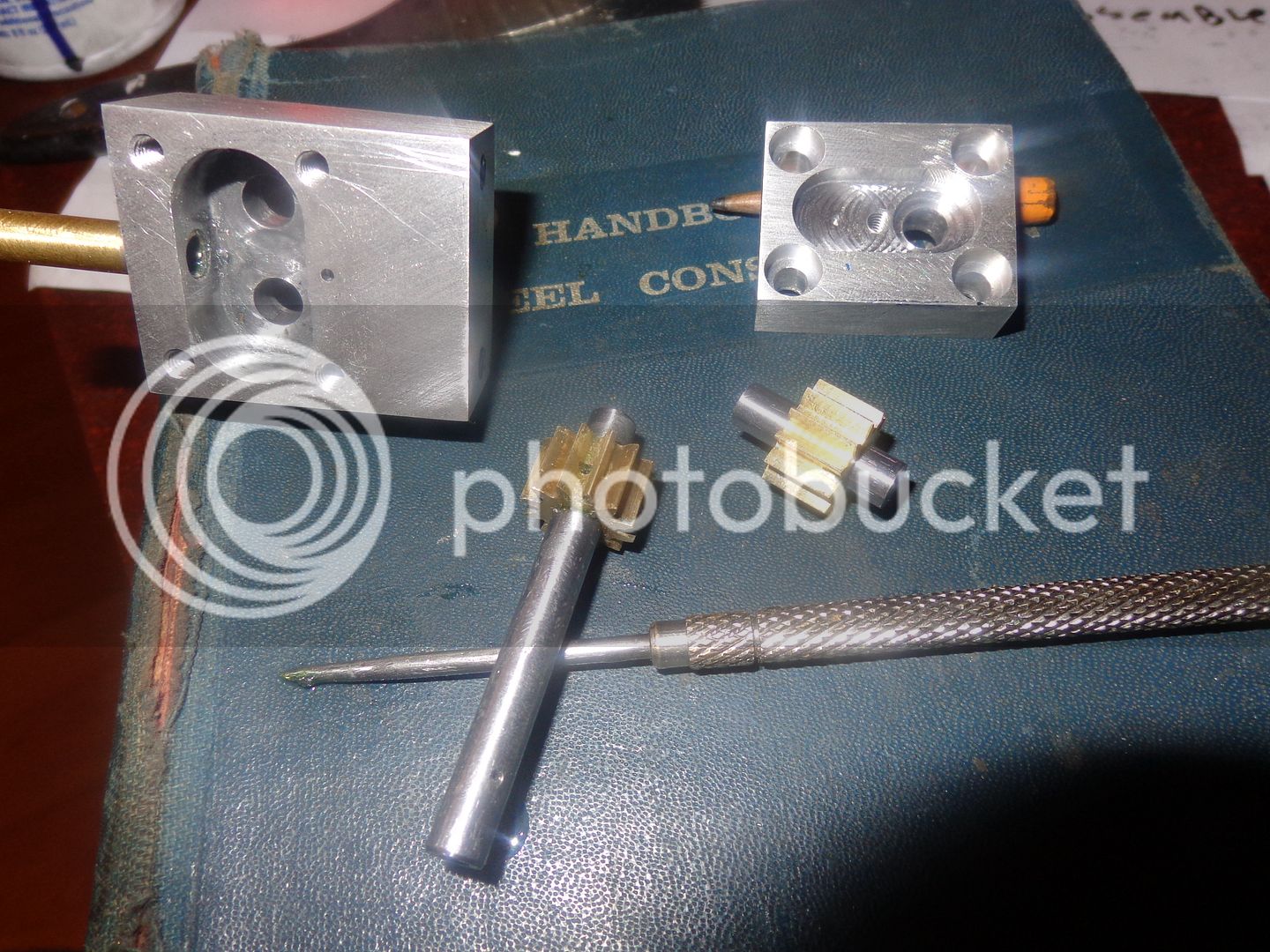
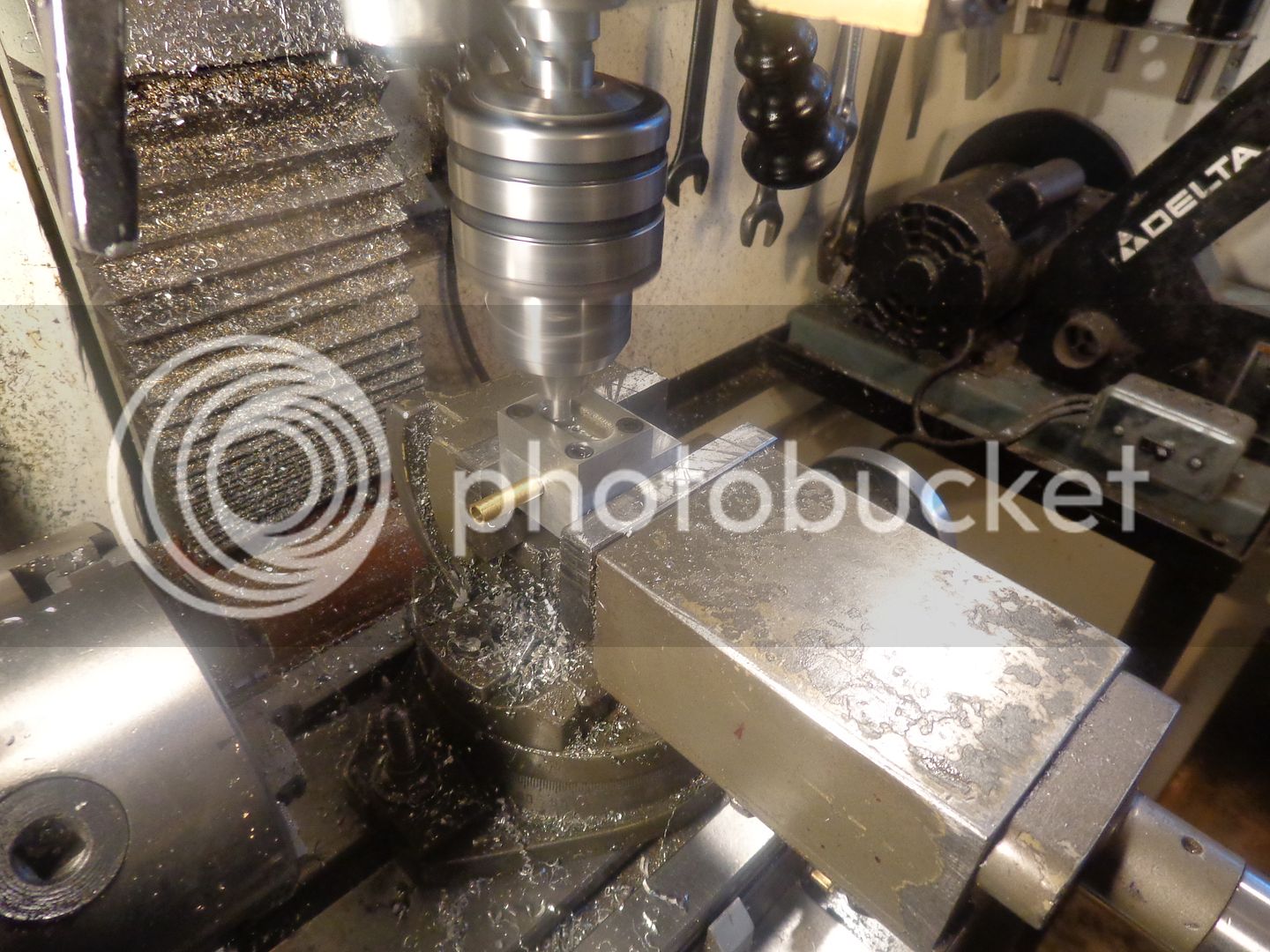















![DreamPlan Home Design and Landscaping Software Free for Windows [PC Download]](https://m.media-amazon.com/images/I/51kvZH2dVLL._SL500_.jpg)



























![MeshMagic 3D Free 3D Modeling Software [Download]](https://m.media-amazon.com/images/I/B1U+p8ewjGS._SL500_.png)













